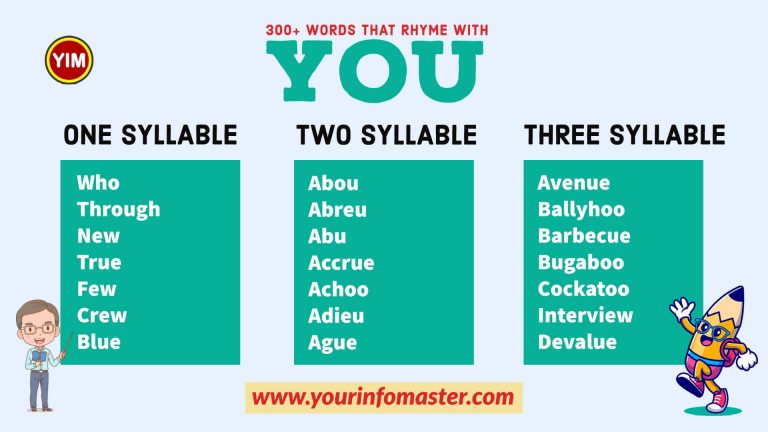Important Anatomy Terminology: The process of learning anatomy is like building a home; if the foundation is sturdy, it can last an entire lifetime. This subject is challenging and packed with information. However, the basic concepts keep appearing now and then. They are used to help you learn new anatomical concepts, and so knowing the basics is crucial. What are these fundamentals? In the field of anatomy, they comprise:
- Terminology
- Planes
- Body Movements
- Regions of the body
- Organ Systems
- Regional Neurovasculature
Anatomical Terminology
Before we can begin the subsequent learning units, which will provide greater detail on issues about different bodies, it’s essential to know some basic terminology to describe the body’s structure. Understanding this terminology will allow it to be easier to comprehend the contents of the next lessons. Three categories of terms are discussed in this article:
- Directional Terms
- Planes of the Body
- Body Movements
ALSO READ: Awesome Sounding Words Meanings | Cool Speaking Words
Directional Terms
Directional terms refer to the positions of structures in relation to other structures and locations within the body.
Anatomical directions and body planes provide a universally accepted terminology of anatomy, which allows precise communication between anatomists and health experts. The terminology used to explain anatomical positions is explained with reference to a common position known as the anatomical position.
- Anterior – Ventral: The part of body which is present in front or near to abdomen.
- Posterior – Dorsal: The part of body which is present near to back side is called posterior.
- Superior – Cranial: The part of body which is present towards upper side is called superior.
- Inferior – Caudal: The part of body which is present towards lower side is called inferior.
- Medial Line: The line which divides the body into two equal, right and left parts is called medial line.
- Medial: The parts of the body that are present near to the medial line is called medial.
- Lateral: The parts of the body which are present away from the medial line.
- Deep: Any part which is away from the surface is called deep, e.g., bones are deep to skin.
- Superficial: Any part which is near from the surface is called superficial, e.g. skin is superficial to bones.
- Proximal: Any part which is present nearer to the reference point (point of attachment).
- Distal: Any part which is present farther from the reference point (point of attachment).
- Infromedial: It is the part of body that present near to the medial line and towards the lower side.
- Ipsilateral: Two parts of the body that are present at the same side of body. For example, the left arm and left leg are ipsilateral to one another with respect to the mid sagittal plane.
- Contra lateral: Two parts of the body that are present opposite to each other is called contra lateral, e.g. The left arm and right leg are contralateral to one another with respect to the mid sagittal plane.
Planes of the Body
Coronal Plane – Frontal Plane: A vertical plane running from side to side; divides the body or any of its parts into anterior and posterior portions.
Sagittal Plane – Lateral Plane: A vertical plane running from front to back; divides the body or any of its parts into right and left sides.
Axial Plane – Transverse Plane: A horizontal plane; divides the body or any of its parts into upper and lower parts.
Median plane: Sagittal plane through the midline of the body; divides the body or any of its parts into right and left halves.
Body Movements
Now I will provide insight into the different kinds of human body movements. They will be classified into groups of ‘antagonistic actions’ (actions that oppose one the other).
- Flexion: Bending movement in which the angle or distance between two bones decreases, e.g., Bending the elbow, or clenching a hand into a fist, are examples of flexion.
- Extension: Straightening or extending movement in which the angle or distance between two bones increases.
- Abduction: Movement of limb away from the medial line. Moving away from the reference axis.
- Adduction: Movement of limb towards the medial line. Bringing closer to the reference axis.
- Pronation: Movement of forearm in position that palm facing downward. Pronate, palm towards the Plants.
- Supination: Movement of forearm in position that palm facing upward. Supinate, palm towards the Sun.
- Inversion: Movement of sole of foot towards the medial line.
- Eversion: Movement of sole of foot away from the medial line.
- Elevation: Movement of bones towards the upper side is called elevation.
- Depression: Movement of bones towards the lower side is called depression.
- Planter Flexion: If the angle or distance between foot and leg increases is called planter flexion.
- Dorsiflexion: If the angle or distance between foot and leg decreases is called dorsiflexion.
CONCLUSION
If you enjoyed “Anatomy Terminology”, I’d be very thankful if you’d help it spread by emailing it to your friends or sharing it on Twitter, Instagram, or Facebook. Thank you!
Did you read Anatomy Terminology on the way? Which one do you read? Let us know if you have any question. We will gladly explain!
Related Topics: If you really enjoy Anatomy Terminology, then there are some more interesting articles for you!







